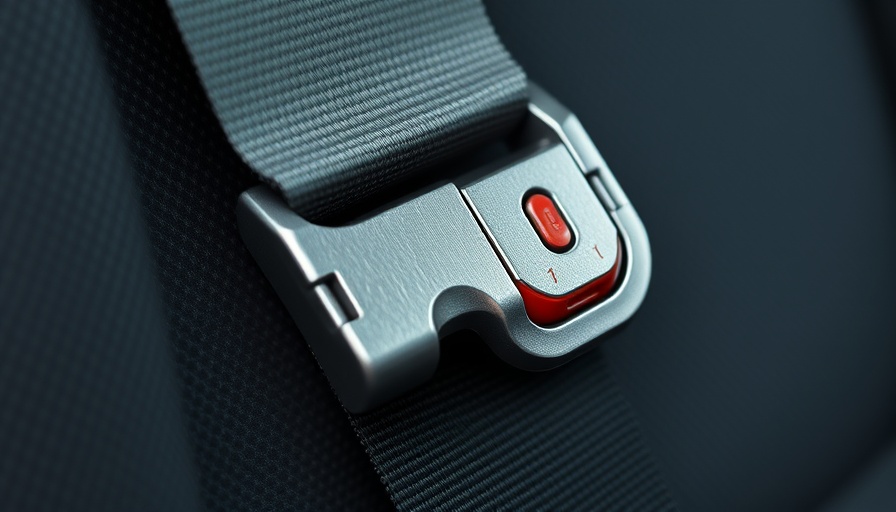
Improved Payment Trends for Seatbelt Inspections
A recent survey by Collision Advice titled "Who Pays for What?" reveals a noteworthy trend in the collision repair industry: nearly 50% of auto shops now regularly receive payment for labor associated with seatbelt inspections from the largest national insurers. This figure marks a significant increase from 2016, when less than a quarter of shops reported similar compensation practices. Mike Anderson, an expert in collision repair, highlighted that each Original Equipment Manufacturer (OEM) has specific procedures for this crucial safety check, emphasizing that it is a necessary part of ensuring vehicle safety post-collision.
Anderson articulated that many industry professionals may still overlook the importance of these inspections, stating, "Too few seatbelts are being sold, leading me to believe some in the industry do not understand the critical nature of this procedure." The rise in payment can partly be attributed to increasing awareness among repair facilities of the OEM standards that mandate thorough inspections—not merely visual checks.
Understanding Insurance Payments
The survey indicates that among Direct Repair Program (DRP) shops, insurers like USAA (44%), GEICO (41.7%), and Allstate (35.6%) emerge as the most likely to reimburse for seatbelt inspections. In contrast, non-DRP shops primarily noted GEICO (28.2%), Progressive (27.5%), and Nationwide (25.5%) as frequent payers. This divergence underscores a substantial gap in how different segments of the repair industry engage with insurance providers regarding safety inspections.
Shifts in Industry Perception
Historically, 63% of shops in 2016 reported never including seatbelt inspections in final invoices, a statistic that plummeted to 20% in the latest survey. However, despite advancements, a still considerable 25% of shops remain hesitant about insurers' willingness to cover these inspections, indicating persistent misconceptions within the industry.
The Importance of Compliance with OEM Standards
Experts stress the need for all shops to familiarize themselves with the rigorous OEM protocols surrounding inspections. Notable is Anderson’s remark revealing that compliance not only enhances vehicle safety but also fosters trust between repair shops and insurers. He remarked, “As an industry, we must accept responsibility for researching and following the requirements for every vehicle we repair.”
Call to Action: Commit to Comprehensive Inspections
As the landscape of collision repair evolves, shops are encouraged to stay informed about payment practices and OEM guidelines. The next survey cycle runs until the end of October, providing a platform for shops to voice their experiences and benefit from collective insights. Participating in these surveys not only helps individual shops but also contributes to raising industry standards overall.
 Add Row
Add Row  Add
Add 




Write A Comment